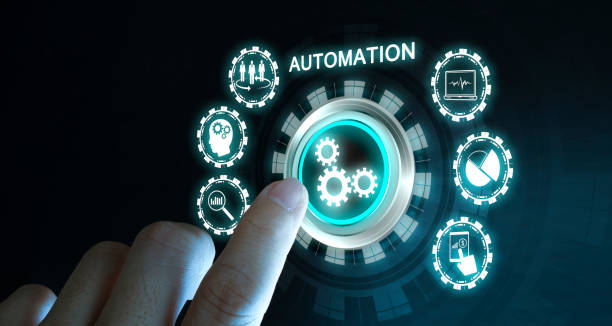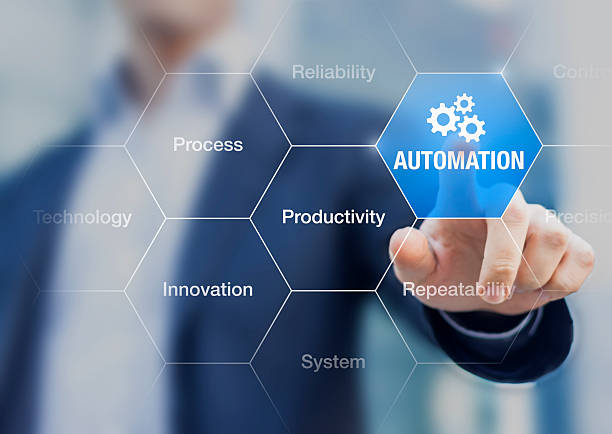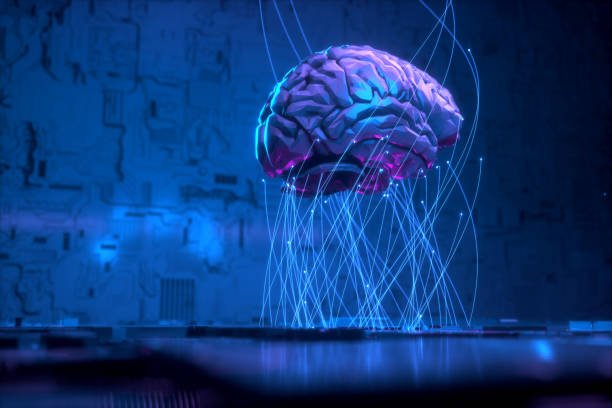Introduction
Automation Technology has quickly turned into a groundbreaking power in different enterprises, reshaping how we work, live, and connect with our general surroundings. From assembling and medical services to funding and transportation, Automation drives productivity, exactness, and advancement. This article investigates the diverse scene of Automation Technology, digging into its set of experiences, current applications, and its expected future effect on our general public.
The Development of Automation Technology
Automation Technology is a familiar peculiarity. Its foundations can be followed back to the mid-twentieth century when Henry Passage altered the assembling business by presenting the mechanical production system. This advancement considered the large-scale manufacturing of autos, decreasing expenses and expanding proficiency. Throughout the long term, Automation has developed from essential mechanical gadgets to complicated PC-controlled frameworks.
The ascent of data innovation during the twentieth century made ready for the computerization we know today. PCs and programming programs became necessary in mechanizing monotonous assignments, making them quicker and more exact than human hands. This change prompted the improvement of different Automation Technologies, including modern robots, PC mathematical control (CNC) machines, and high-level programming applications.
Today, computerization innovation traverses many ventures, influencing fabricating, farming, medical care, money, and, surprisingly, our homes. Robots are presently typical in manufacturing plants, performing assignments once saved for people while self-driving vehicles are exploring our streets with expanding independence. Automation is the main thrust behind the Fourth Modern Unrest, or Industry 4.0.

Current Uses of Automation Technology
Manufacturing and Industry: Mechanization is vital in present-day production, with robots and machines handling errands like welding, painting, and gathering. These frameworks can work day in and day out without weakness, prompting predictable item quality and decreased creation costs. They have likewise further developed work environment security by taking on risky undertakings.
Agriculture: Automation has advanced into agribusiness, where independent farm haulers and robots are utilized for planting, collecting, and observing yields. Accuracy horticulture strategies, empowered via computerization, permit ranchers to improve outcomes, diminish squandering, and limit the utilization of assets.
Healthcare: In the medical services area, Automation Technology is changing diagnostics, medical procedures, and patient consideration. Mechanical medical procedure frameworks offer more noteworthy accuracy and negligibly intrusive strategies, while computerized drug store frameworks assist with administering meds precisely and proficiently.
Finance: Mechanization is pervasive in the monetary business, where calculations and computerized reasoning (artificial intelligence) are utilized for exchanging, risk evaluation, and extortion location. Mechanized client support chatbots and robo-guides additionally give productive answers for clients.
Transportation: Self-driving vehicles, drones, and mechanized distribution centers are modifying the transportation and strategies scene. These advances vow to develop street well-being further, lessen gridlock, and smooth out the development of products.
Home Computerization: Savvy homes are becoming progressively famous due to Automation Technology. Gadgets like indoor regulators, lighting frameworks, and surveillance cameras can be controlled from a distance, improving comfort and energy productivity.
The Advantages of Mechanization
Automation Technology offers various advantages across different areas:
Increased Effectiveness: Computerization speeds up processes and lessens human blunder, bringing about higher efficiency and lower functional expenses.
Enhanced Exactness: Computerization frameworks can perform tedious errands with unmatched accuracy, prompting work on quality and consistency.
Improved Wellbeing: Mechanization takes on risky and requesting errands, lessening work
Cost Decrease: Computerizing errands lessens work costs and can prompt huge reserve funds over the long haul.
24/7 Tasks: Computerization frameworks can work nonstop, adding to expanded results and responsiveness.
Data Examination: Mechanization empowers the assortment and investigation of immense measures of information, giving significant bits of Knowledge to independent direction.
Environmental Advantages: Mechanization can enhance asset use, lessen squandering, and create a greener, more supportable future.

The Difficulties of Automation
While Automation Technology offers many benefits, it likewise accompanies its reasonable portion of difficulties:
Job Removal: Computerization can supplant specific positions, prompting worries about joblessness and financial disparity.
Skill Prerequisites: As computerization frameworks become more refined, the requirement for laborers with specific abilities in working and keeping up with them increases.
Security Dangers: As mechanization depends vigorously on interconnected frameworks, it is powerless against cyberattacks and information breaks.
Initial Expenses: Carrying out computerization innovation can require critical, forthright interests in hardware and preparation.
Ethical Worries: The moral utilization of mechanization, especially in regions like artificial intelligence and mechanical technology, is a subject of progressing banter.
The Fate of Automation Technology
Automation Technology keeps on developing, with a few patterns molding its future:
Artificial Knowledge (computer-based intelligence): artificial intelligence is becoming more incorporated into Automation, empowering machines to learn and adjust, prompting more prominent independence and critical thinking abilities.
Internet of Things (IoT): IoT interfaces gadgets and frameworks, permitting them to share information and work organizationally. This interconnectedness upgrades Automation capacities.
Edge Figuring: Edge registering processes information nearer to its source, lessening idleness and empowering quicker dynamics in robotized frameworks.
Human-Computerization Joint effort: Future Automation will zero in on cooperation between people and machines, consolidating the qualities of both to accomplish more prominent effectiveness and imagination.
Sustainability: Automation Technology will assume a pivotal part in tending to natural difficulties, assisting with decreasing waste, and improving asset use.
Conclusions
Automation Technology has made considerable progress since the beginning of the sequential construction system, and its process is still ongoing. It has become a pervasive presence in our lives, from the items we use to the administrations we depend on. As we move into a time of expanded digitalization and availability, Automation’s job in forming our reality will keep developing.
Policymakers, organizations, and people should cooperate to guarantee that the capability of Automation Technology is tackled to support society, creating a future where people and machines team up to make the world a superior spot.

FAQS
What is Automation Technology?
Automation Technology refers to using machines, PCs, programming, and different advancements to perform undertakings with insignificant human intercession. It plans to smooth out processes, diminish blunders, and develop proficiency in other ventures.
What are the critical advantages of Automation Technology?
Computerization innovation offers expanded proficiency, further developed precision, improved security, cost decrease, all-day, everyday activities, information examination, and ecological advantages. It can prompt higher efficiency and asset enhancement.
What businesses benefit the most from Automation Technology?
Computerization affects fabricating, farming, medical care, money, transportation, and, surprisingly, home mechanization. Notwithstanding, its applications are far and wide and keep on venturing into new areas.
How does mechanization influence business?
Robotization can prompt work uprooting in specific areas as monotonous and routine undertakings are computerized. Nonetheless, it additionally sets out new positions to open doors in regions like computerization framework support and programming advancement.
What are a few typical instances of Automation in regular daily existence?
Typical instances of Automation include self-checkout booths for stores, wise home gadgets like indoor regulators and surveillance cameras, and computerized client care chatbots.
Web development course –> #New
Gate CSE and Many more Cource bundle 👇👇 –> #Premium ₹90,000
1.) 590 GB+ Cource bundle #Premium
2.) 800GB+ Course bundle –> Gdrive 👇✅
3.) 140GB+ Cource #Premium ✅👇👇
4.) Notes all in one — Fully premium notes bundle 👇✅
